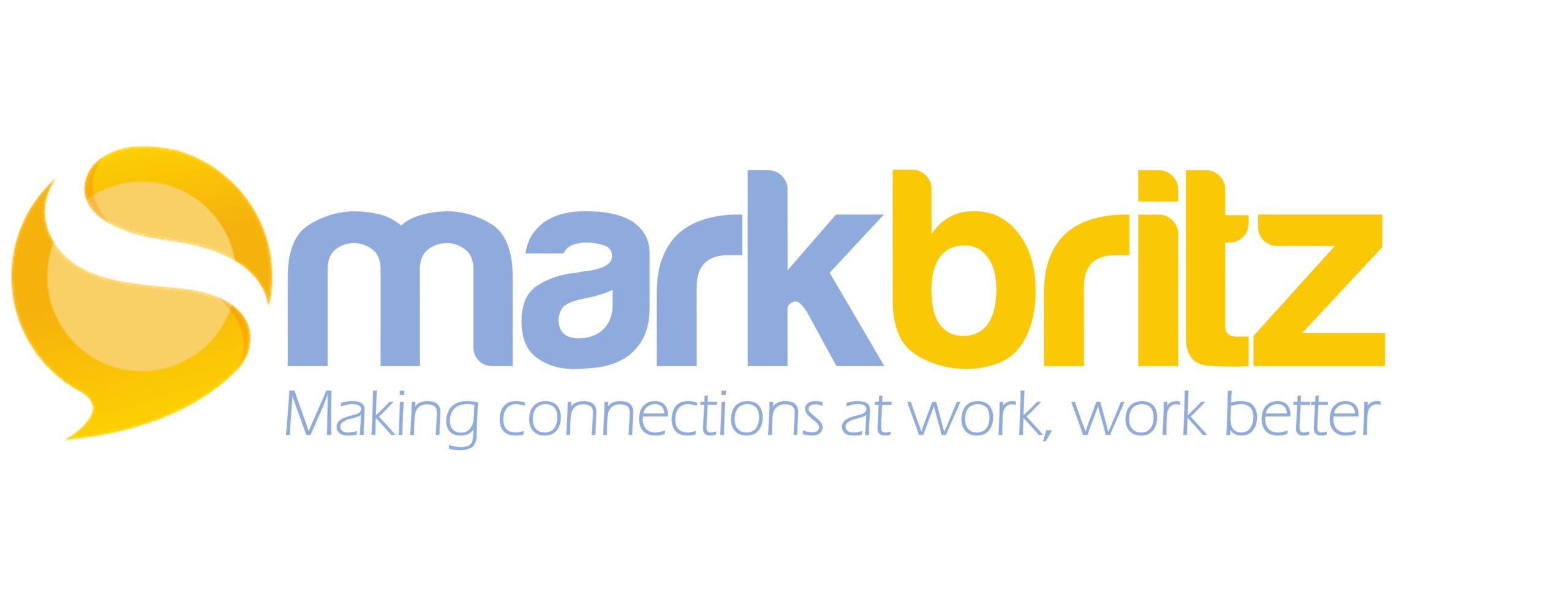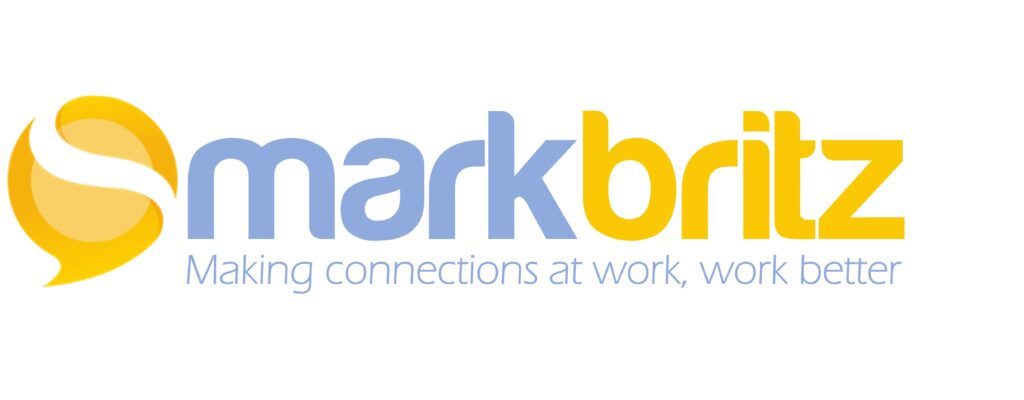Recently on a Gary Vaynerchuk podcast he shared an interesting insight about Amazon and it’s positioning for a relationship with the National Football League (NFL) with the intent to own some broadcast rights.
Most companies seek this space for advertising dollars, but that’s not Amazon’s game. Their’s of course is sales. Gary painted this picture:
You’re watching the game and your favorite player scores a touchdown. Amazon knows that it’s your favorite since you’ve bought team merchandise in the past. It knows exactly what you own actually and realizes in a millisecond you don’t have that players jersey. You instantly receive an offer for that exact player’s jersey at a slight discount if you act now.
Amazon, like all winning products and services, seeks to reduce the friction of time but it’s even more than that. They are targeting your emotional state and see logic as friction. You see, in that moment where your favorite player not only scored but won the game on that play… won the championship, broke a record, something so exciting for you personally you’re on an emotional high. You’re elated and excited. With euphoria elevated your logical side takes a back seat. Thoughts like Do I need this? Do I have enough merchandise? Do I have enough money for this? Is this really a good deal? take a back seat. Amazon slipped itself in between that small space between emotional reaction and the voice of reason. In a single click, your purchase is made. They removed decision-making friction.
It seems insidious but there is actually something interestingly positive to draw upon this for organizations.
We have similar moments of euphoria at work. These are found in discovering a work around, the answer to a sticky problem, finding an innovative solution, etc. We have the urge to share this. These moments are not unlike Alexander Graham Bell’s historic first call, a shout of “Mr. Watson, come here – I want to see you!“ Yet often we don’t. It’s not that we aren’t having an excited, impulsive reaction or that the 1 click technology of a social platform isn’t present, it’s that the organization’s culture can inhibit us. It can give us pause in so many different ways. For example the scenario plays out like this:
Worried about perception, you might slow to check all your grammar and spelling. You begin thinking about who will see this information and asking yourself — Will they all agree? Will it open a can of worms? Will it cause a change that effects someone’s job? Will they see it as half-backed and thus see me as half-backed? If that happens will higher ups judge me negatively? Soon you decide to either just send this via email to a couple of folks who might benefit or just bury it and get back to work mumbling that it’s better to be safe than sorry.
We can have all the best collaborative technologies integrated with our work but if the psychology and sociology of the organization is twisted it renders the tools useless. Companies say they want and need passionate workers, they say things like “there are no bad ideas”, and they want and need creative thinking but if employees don’t have what is being termed psychological safety, they will spent more time and energy on calculating their personal risks than in sharing ideas and answer that benefit the organization.
Great ideas are everywhere and we have the technology to expand and extend them. We now need to empower the emotion and the best way to do that is to reduce the fears which can reason people out of taking action.

